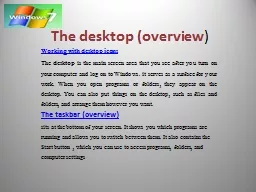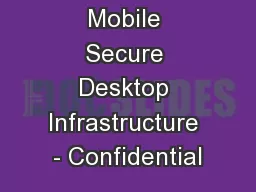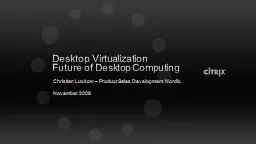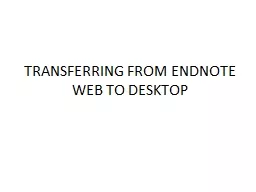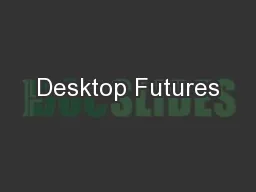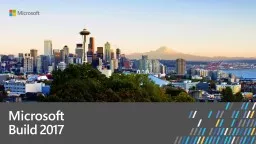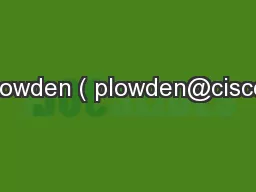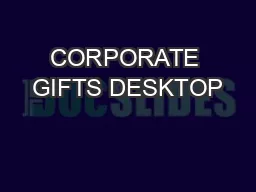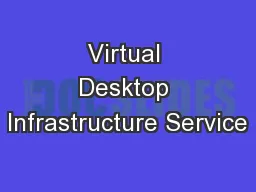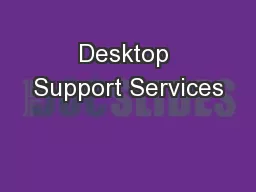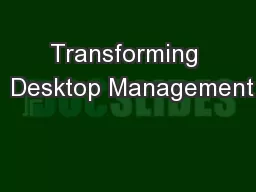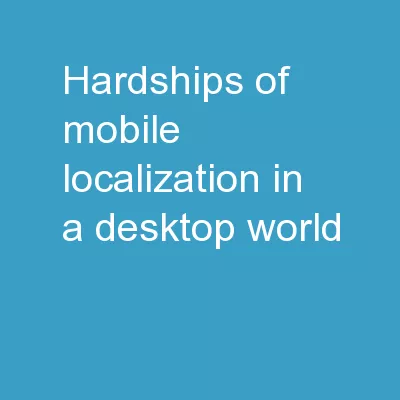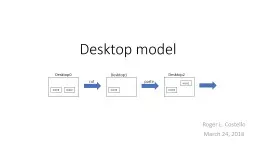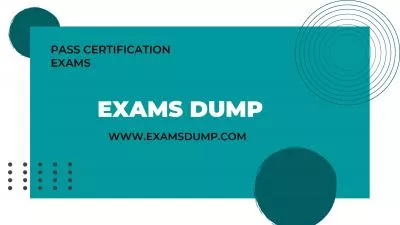PPT-The desktop (overview
Author : briana-ranney | Published Date : 2016-09-01
Working with desktop icons The desktop is the main screen area that you see after you turn on your computer and log on to Windows it serves as a surface for
Presentation Embed Code
Download Presentation
Download Presentation The PPT/PDF document "The desktop (overview" is the property of its rightful owner. Permission is granted to download and print the materials on this website for personal, non-commercial use only, and to display it on your personal computer provided you do not modify the materials and that you retain all copyright notices contained in the materials. By downloading content from our website, you accept the terms of this agreement.
The desktop (overview: Transcript
Download Rules Of Document
"The desktop (overview"The content belongs to its owner. You may download and print it for personal use, without modification, and keep all copyright notices. By downloading, you agree to these terms.
Related Documents

